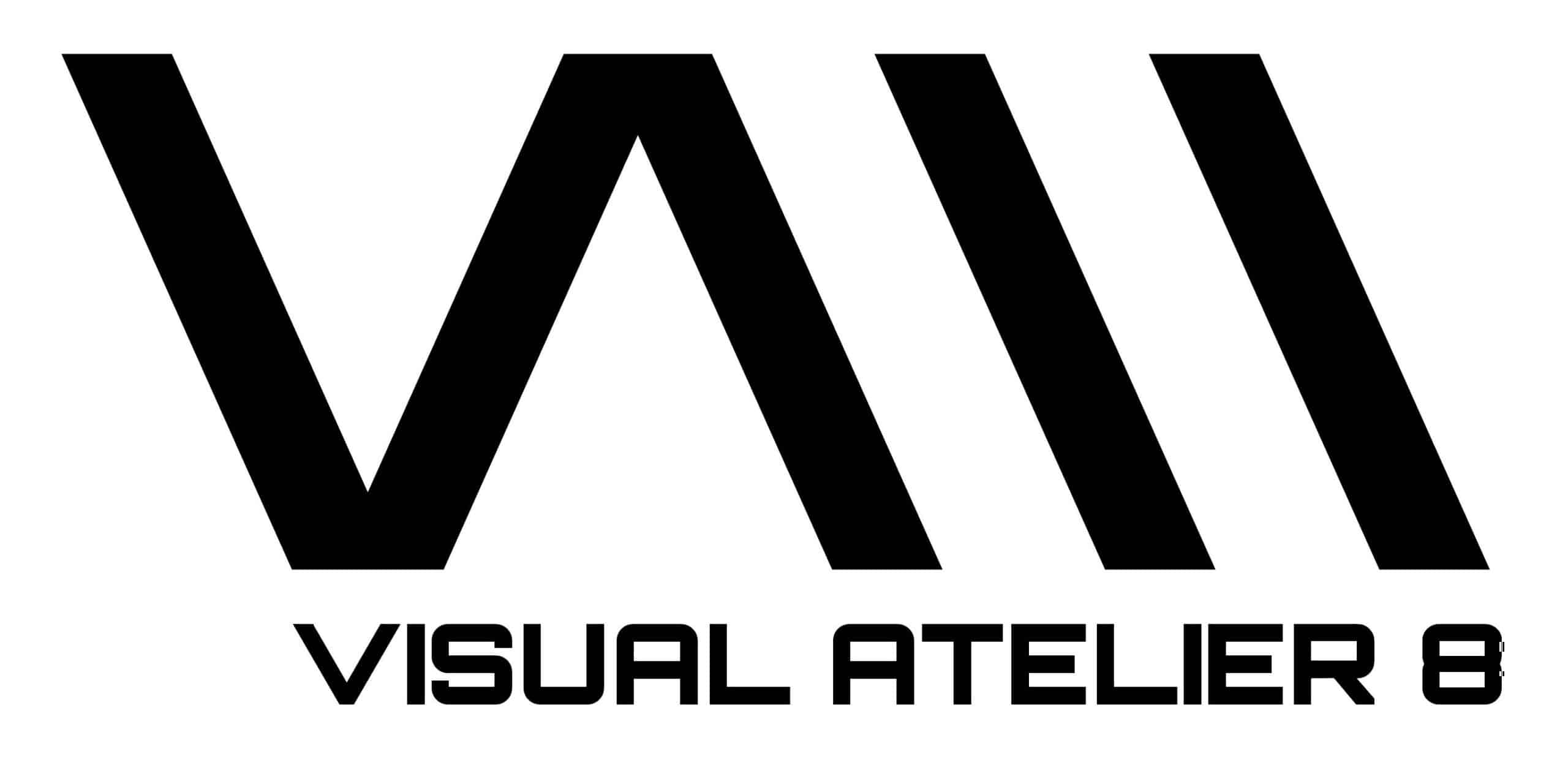
Artists are consecutively asked the same questions, to which they instinctively prepare or develop responses. These responses over time develop into creative philosophies or archetypal artistic statements which begin to define their work. Were the unified concepts behind your work predefined by you or developed over time?
For the past 10 years, I’ve been using an over-arching conceptual theme with my art. However, I leave room for new ideas while I work on specific pieces. For me, it’s been important to develop a compelling theme and an equally compelling technique to constantly challenge my mind and physical skills. It’s especially exciting when the work requires a process I’ve never used before. For instance, with my Avoid a Void series I used the theme of the number three to explore religious and cultural iconography. To convey the magnitude of my ideas I used scale. I developed a process to work on my largest canvases to date. Initially, I planned to do three standard-sized triptychs and one large 10 x 13-foot painting, but as I was painting, additional themes of three came to me. This resulted in another three large scale canvases. I allowed the process of painting to direct me down an unexpected path while maintaining the initial concept. Avoid a Void is part of The Diovadiova, which is my ongoing project used to explore identity, immortality, beauty, race, culture, and luxury. When I work on parts of The Diovadiova project, I write statements that serve as guides but perhaps interviews like this can add further context for the viewer.
Seeing that a relationship exists between language, communicative discourse, and artistic meaning, how do you think the importance of story translates through your work to those who do not already “understand it”?
I think stories are important in allowing the viewer to understand the context of my art, but some people will never “get it”. Some people are attracted to my work strictly on an aesthetic level and may not realize that they are paintings or that they are part of the African diaspora. No matter how many times I explain my process or conceptual approach, they will draw their own conclusions devoid of the facts. But with art (not politics) I think that’s a good thing. In our society, we are so accustomed to uncovering every mystery, that sometimes we miss the magic in a work of art.

People often forget that in the beginning of new media that the art world looked upon it with suspicion, as if it weren’t a real form, but now, especially through the magic of film, advertising, immersive installations etc., it has taken over the world. Where do you think this idea of “real” or “worthy” art comes from? is it a problem? and do you think similar sentiments are tied to our shared ideas about race and the value of persons?
The idea of “real” or “worthy” art is like the idea of race. These concepts are social, psychological and possible psychotic constructs of Western civilization. The art world is part of that hierarchal system based on race, class and money. Anything different from the established ecosystem is looked at with suspicion until capitalists can find ways to categorize and monetize it financially and/or culturally. I remember how NYC graffiti art in the 80’s and 90’s was criminalized mainly because there wasn’t a sustainable commercial and cultural infrastructure to support it long term. It was art produced by mostly young, poor, uneducated (in the traditional sense) inner city young people. It was only until Basquiat was cannibalized by the art system and white college kids later used it as street cred that graffiti aka “street art” became part of the traditional art world. But the same thing happened with jazz, rock and roll, Hip Hop, etc. The question of legitimacy seems to be related to capitalism. But all forms of self-expression are inherently “real”. Works of art are drawn from the imagination of a creator and reproduced in the real world. The conflict occurs when the creator desires the need to make money from the work of art.
Seeing that it is humanities base instinct to catagorize things as being part of an in or out group, and that sometimes these valuations have flaws which stop human progress of pervasive flourishing, how does your work stand against this mindset or challange it, or does it?
Although my Diovadiova Chrome paintings use the contemporary language of pop culture luxury ie shiny surfaces and pop colors, they were always supposed to be a vehicle to show the beauty of people of color. My portraits may look like sci fi representations of people, but ironically, it’s been a way to humanize people of color. I developed a technique that stripped the emotionally charged idea of skin color to show a shared humanity. I knew that skin color is a powerful artificial categorization construct almost impossible for any race to ignore so instead I used shiny surfaces to suggest physical and spiritual importance.

You are multidisciplinary, you recreate physical sculptural chrome masks as life-sized oil paintings that look like 3d renderings. To the passerby or viewer over a screen, your pieces could be mistaken for enlarged photographs, illustrative prints, paintings or actual renders. What do you think this mono-vocal reductionism says about how we consume art online, do you see this homogenization via .jpeg as a problem?
I think the average viewer will miss out on the magic of seeing art in person if he/she thinks the .jpeg is the work of art. However, the digital world serves as a contradiction in terms of experience. It makes the real world seem more special. Seeing a live performance or seeing a work of art in person can have a profound effect on viewers used to consuming content online.
Please tell us something often misunderstood about how your work intersects with art history and contemporary life.
Some viewers think my work is inspired by Jeff Koons’ shiny sculptures but it’s actually more connected to ancient African sculptures such a Benin ivory masks and Ife masks bronze heads.

How do you think art and spiritually interact? And why do visual symbols seem to always say more than words can? Aren’t words also just symbols?
Historically speaking art and spirituality were always connected. Art represented prayers to the gods and documentation of higher internal and/or external beings. Places of worship like churches, temples, mosques, synagogues, etc. use visual cues to tell stories and convey the importance of god to the masses. This approach was especially useful to people who did not know how to read. Words are more abstract and require the rules of written language to convey ideas whereas symbols are more immediate. It’s “I am happy” vs “:)”.
Coming from Brooklyn it seems that many creative avenues existed before you to travel. Why did you choose this industry to speak through? What was the most difficult part of arriving at this moment?
Working in fine art was a process of elimination. In the past, I worked simultaneously as a graffiti artist, cartoonist, illustrator while painting from life. With fine art, I was able to combine my interests. While I enjoyed aspects of each discipline, I never felt like I belonged to any particular group. While I still don’t feel like I’m part of any specific art movement like Black Art or Portraiture or Hyperrealism or Pop Art, the fine art world is the industry that matches my vision of painting independently. It’s a space where I can create with a level of autonomy. The most difficult part of was actually easy. I stopped working on distractions and instead simplified my life. I narrowed my focus to encompass all of my artistic interests while keeping my integrity.

INFORMATION
All images with courtesy of Kip Omolade

